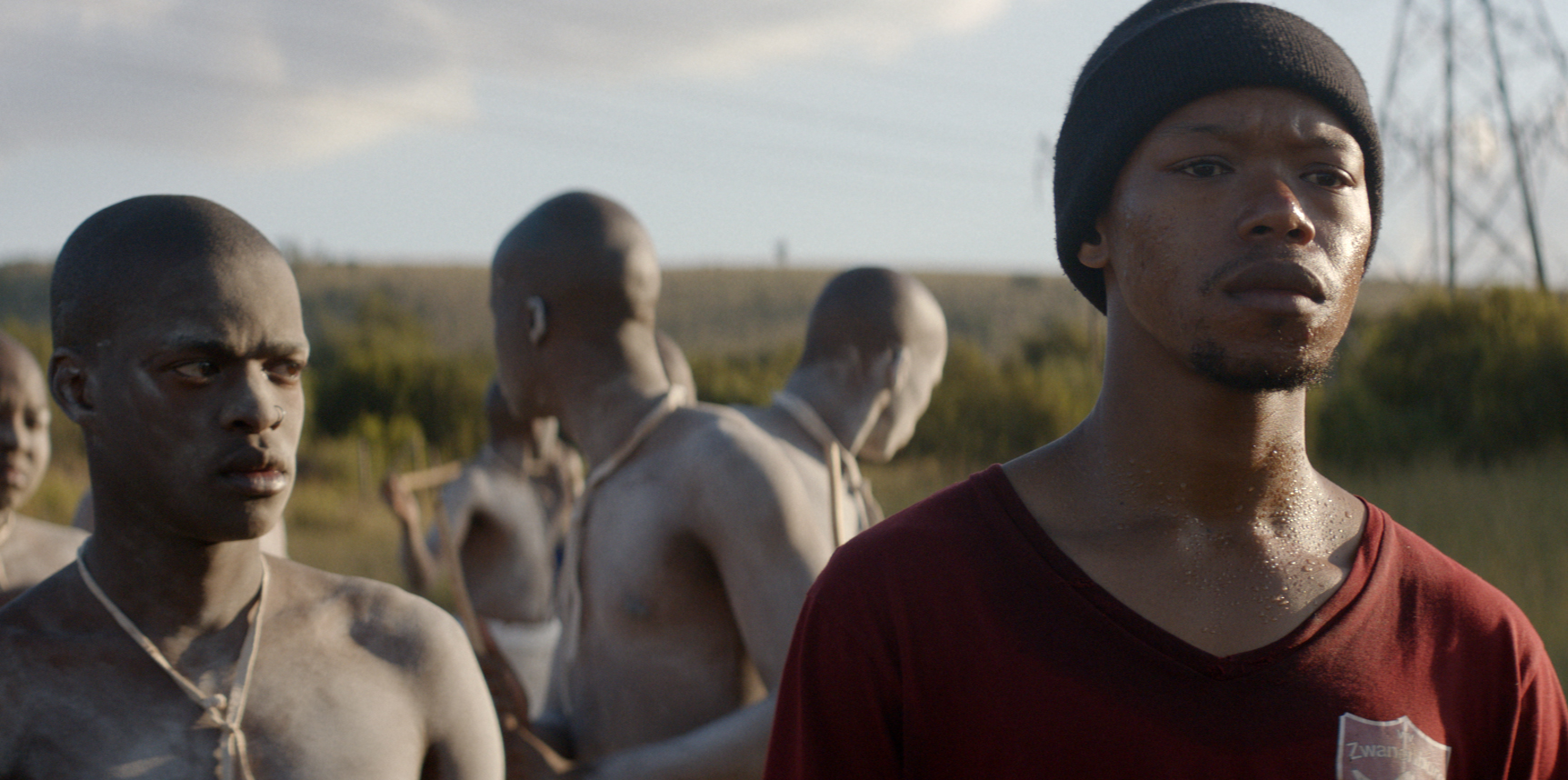A recent book, Queer Bodies in African Films, studies the growing LGBTIQ+ output from filmmakers around the continent, from Morocco to South Africa. In the process, it analyses what queerness is and means within the context of African countries. Its author, Gibson Ncube, is a lecturer and scholar who focuses his research on queerness in African cultural production – from literature to films. We asked him four questions.
Is there a growing queer representation in films from African countries?
Yes, the last decade has seen a proliferation of these films. Nigeria’s Nollywood has produced a considerable body of films portraying queer lived experiences. Although most of these experiences remain largely formulaic and moralistic, there have been films like the 2020 lesbian love story Ife which offer positive images of queerness in Nigeria.
With its long history of queer representation in film, South Africa continues to produce work that highlights the diversity of LGBTIQ+ experiences. Christiaan Olwagen’s coming-of-age war musical Kanarie appeared in 2018. The following year saw Moffie by Oliver Hermanus, set in the apartheid army. And Bonnie Sithebe’s 2022 lesbian drama Valley of a Thousand Hills is set in traditional rural South Africa.
Importantly, there have also been features from countries that previously had not produced such themed films. For example, the 2015 Tchindas is about a queer carnival in Cape Verde. Kapana is a 2020 gay love story from Namibia. A documentary about being gay in conservative Sudan, The Art of Sin, appeared in 2020.
Also, there have been films from countries with some of the harshest LGBTIQ+ laws, such as Nigeria (Hell and High Water), Uganda (The Pearl of Uganda) and Kenya (I am Samuel).
But film-makers still have to contend with diverse forms of banning and censorship. This does not, of course, diminish the films’ growing influence.
width="754" height="424" frameborder="0" allowfullscreen="allowfullscreen">
African queer films often navigate unique social, cultural and political challenges – such as deep-rooted homophobia and colonial legacies. They explore the complexities of being both queer and African and often incorporate traditional cultural elements. These films contribute to a broader global discourse on queer issues while offering distinct perspectives and narratives.
What is the book’s main argument?
The main argument is in two parts. Firstly, I argue that the body is central to understanding queerness in African film. I first watched some of the films in their original languages and without subtitles. Although I did not understand languages like Afrikaans, Arabic or Kiswahili, I found that the visuality of queer bodies told stories. The bodies told stories in a language that wasn’t verbal or oral.




